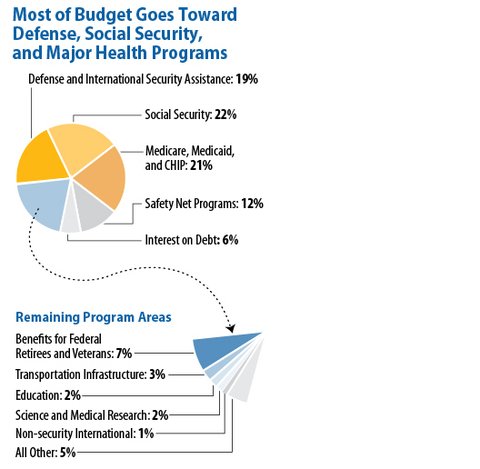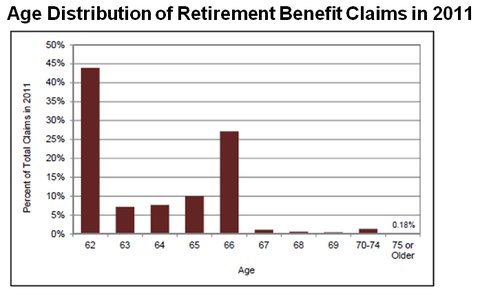
Bruce Bartlett held senior policy roles in the Reagan and George H.W. Bush administrations and served on the staffs of Representatives Jack Kemp and Ron Paul. He is the author of “The Benefit and the Burden: Tax Reform – Why We Need It and What It Will Take.”
Before the recent brouhaha about John Maynard Keynes fades from memory, I’d like to make a few final comments about Keynesian economics.
Today’s Economist
Perspectives from expert contributors.
When I began studying economics in the early 1970s, the term “Keynesian” was already losing its luster. In fact, one can date the precise moment when it became passé: Jan. 4, 1971. On that day, President Richard Nixon gave a joint interview to several television journalists. After the cameras were off, he made on offhand comment to Howard K. Smith of ABC News that he was “now a Keynesian in economics.” The New York Times reported this statement in a brief article on Jan. 7, 1971.
The article says Mr. Smith was taken aback by Nixon’s statement, because Keynes was viewed as being well to the left, politically and economically, and Nixon was viewed as an arch-conservative. Mr. Smith said it was as if a Christian had said, “All things considered, I think Mohammad was right,” referring to the prophet who founded Islam.
The Times’s economics columnist Leonard Silk quickly noted the significance of Nixon’s remark and said the president was actually carrying out Keynesian policies at that moment. His budget for the next fiscal year, which would be released in a few weeks, would be “expansionary,” Nixon had said in his television interview. Instead of aiming for budgetary balance in nominal dollar terms, Nixon said he would aim to balance the budget on a “full employment” basis.
This statement was really no less controversial than the one Nixon made about Keynesian economics. Conservatives viewed it as a license to run budget deficits forever. The idea, now called the “cyclically adjusted deficit,” is to separate the share of the budget deficit resulting from a downturn in the economy, which automatically raises spending and reduces revenue, from its “structural” component, which is a function of the basic nature of the budget itself.
The point of looking at the deficit on a cyclically adjusted basis, which the Congressional Budget Office calculates regularly, is to avoid cutting spending that is only temporarily high and will fall automatically as the economy expands, or raising taxes that will automatically rise. Such actions would exacerbate the economic downturn.
According to the C.B.O., the economic downturn has increased the budget deficit by about 2.5 percent of the gross domestic product annually since 2009. It also calculates that if the economy were operating at its potential based on its productive capacity – what used to be called “full employment,” a term now in disuse among economists – G.D.P. would be $1 trillion larger this year.
Conservatives still don’t like calculating the deficit any way except literally. All adjustments are assumed to be tricks to make it look smaller, they believe. But back in 1971, having a Republican president talk about an expansionary budget policy and balancing the budget on a full employment basis was radical stuff indeed.
The irony, of course, is that Keynesian economics, which had dominated macroeconomic thinking since the war, was already dying. For decades it had been under intellectual assault by economists associated with the University of Chicago known as “monetarists.” Their most well-known spokesman was Milton Friedman, who argued against the Keynesians’ focus on fiscal policy – federal spending and taxing policy – and their inattention to monetary policy, which is conducted by the Federal Reserve.
As it happens, Friedman had said in 1965 that “we’re all Keynesian now” in the Dec. 31 issue of Time magazine. He later complained that his quote had been taken out of context. His full statement was, “In one sense, we are all Keynesian now; in another, nobody is any longer a Keynesian.” Friedman said the second half of his quote was as important as the first half.
But it wasn’t only those on the right, such as Friedman, who were abandoning Keynes; so were those on the left such as the Harvard economist John Kenneth Galbraith, an early and energetic supporter of Keynesian economics. In July 1971, he said that Keynes was obsolete because big business and big labor so controlled the economy that Keynesian economics didn’t work.
Galbraith said that it was “sad that Mr. Nixon has proclaimed himself a Keynesian at the very moment in history when Keynes has become obsolete.”
By 1976, it was common to hear world leaders denigrate Keynesian economics as primarily responsible for the problem of inflation. That year, Prime Minister James Callaghan of Britain, leader of the left-wing Labor Party, gave a speech to a party conference that repudiated the core Keynesian idea of a countercyclical fiscal policy. It only worked, he said, by injecting higher doses of inflation that eventually led to higher unemployment.
The following year, Chancellor Helmut Schmidt, of West Germany’s left-wing Social Democratic Party, likewise repudiated Keynesian economics. The German economy, he said, had avoided inflation by resisting the temptation to implement countercyclical fiscal policies during economic downturns. “The time for Keynesian economics is past,” Mr. Schmidt explained, “because the problem of the world today is inflation.”
On his blog last week, Paul Krugman took me to task for misconstruing the generality of Keynesian theory. My point was that policy makers in the early postwar era routinely accepted the idea that Keynesian stimulus was justified whenever the economy wasn’t doing as well as they wanted.
I acknowledge that this view derived mainly from economists who called themselves Keynesians rather than Keynes himself. He was, in fact, a strong opponent of inflation who would have opposed many “Keynesian policies” of the 1950s and 1960s, which contributed to the problem of stagflation in the 1970s that ultimately discredited those policies.
Economists and policy makers mostly forgot that Keynes prescribed budget surpluses during economic upswings to offset the deficits that he correctly advocated during downturns. In his 1940 book, “How to Pay for the War,” he advocated balancing the budget over the business cycle.
I think Milton Friedman was right that in a sense we are all Keynesians and not Keynesians at the same time. What I think he meant is that no one advocates Keynesian stimulus at all times, but that there are times, like now, when it is desperately needed. At other times we may need to be monetarists, institutionalists or whatever. We should avoid dogmatic attachment to any particular school of economic thought and use proper analysis to figure out the nature of our economic problem at that particular moment and the proper policy to deal with it.
Article source: http://economix.blogs.nytimes.com/2013/05/14/keynes-and-keynesianism/?partner=rss&emc=rss











